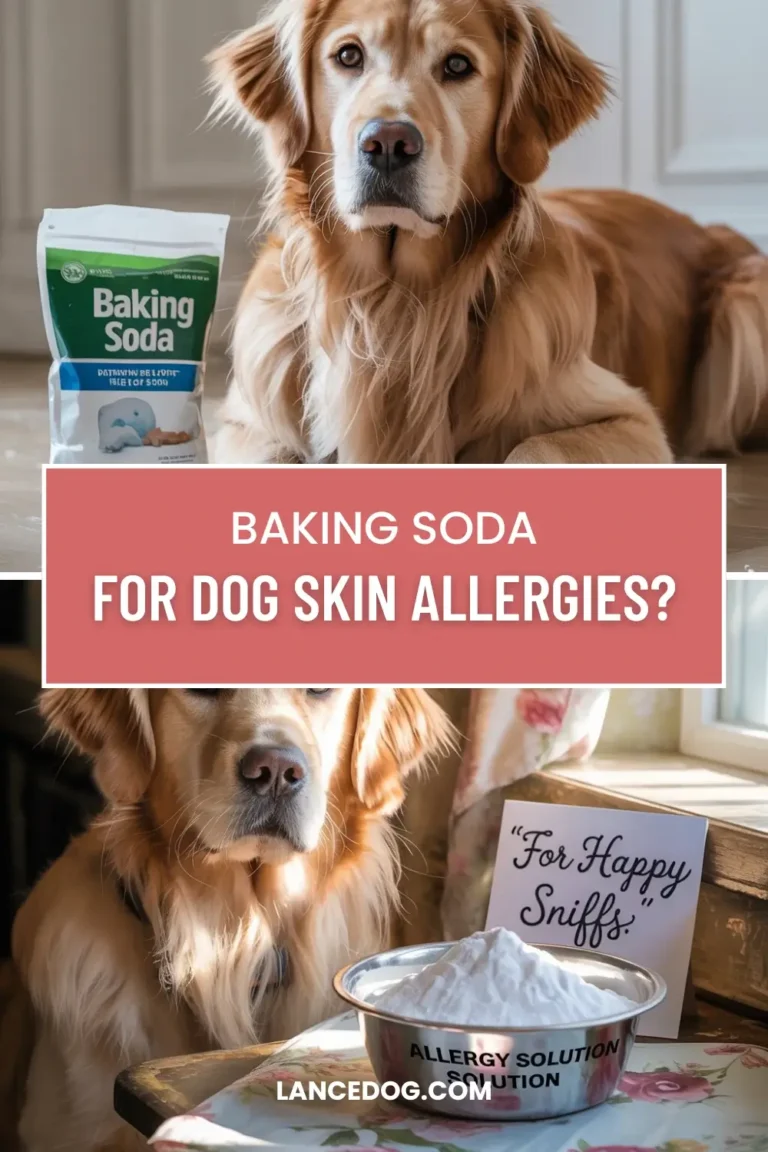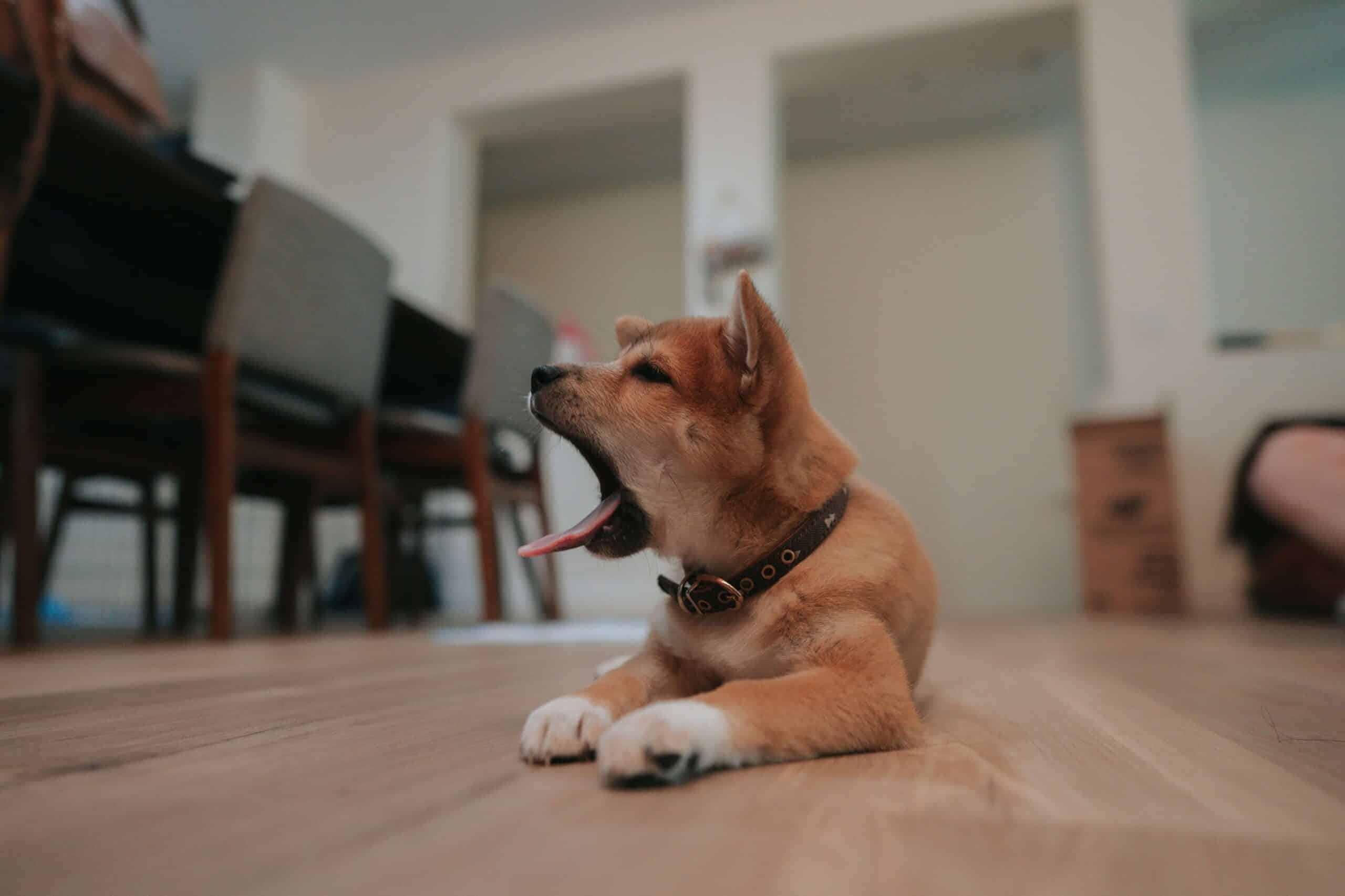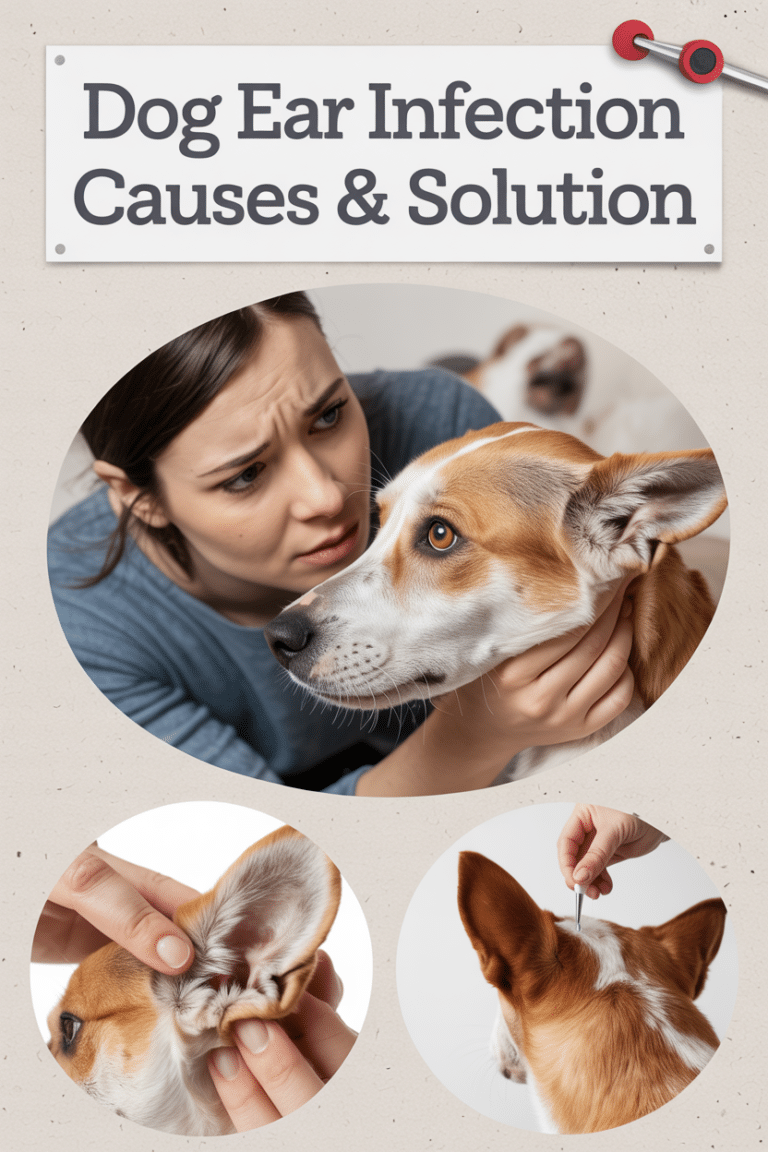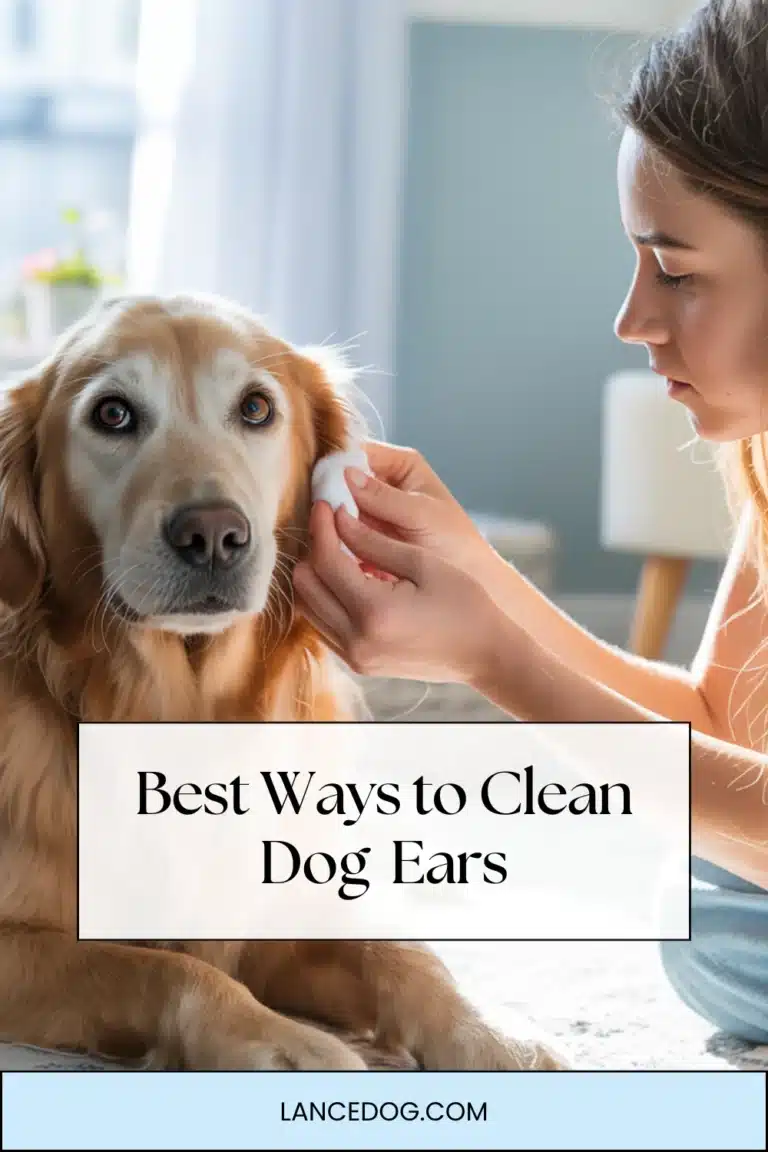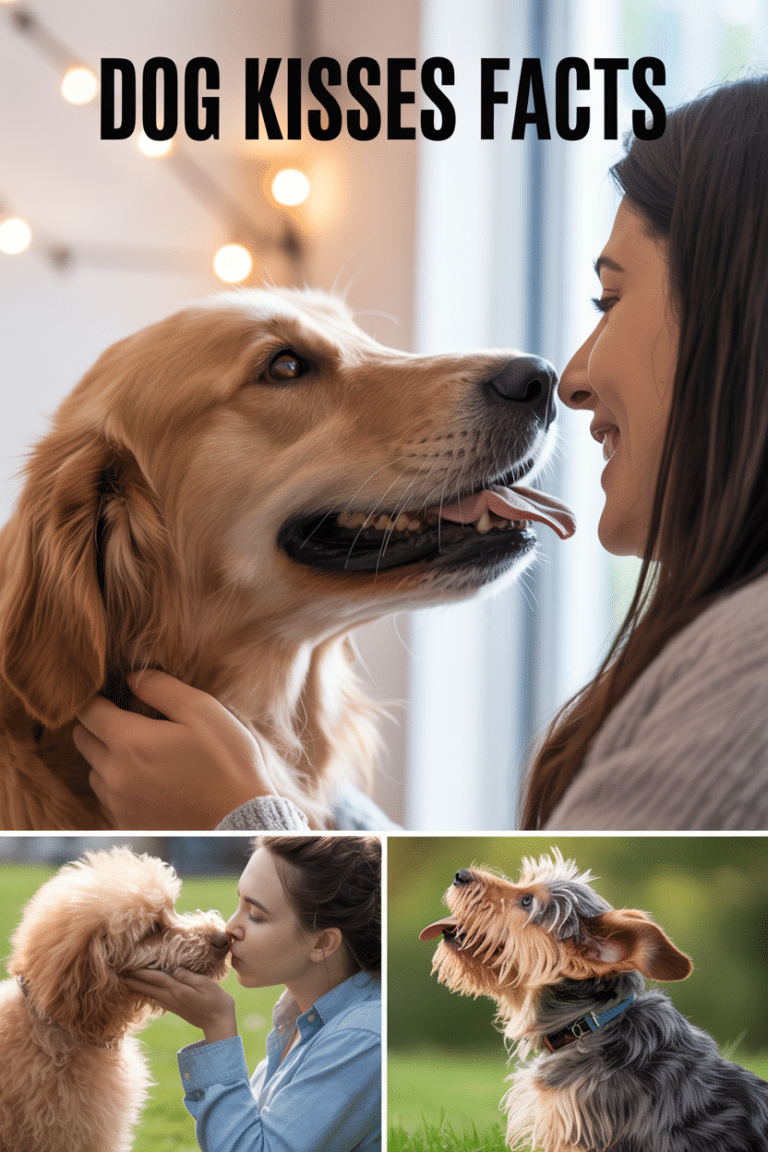How to Clean Your Dog’s Teeth: A Complete Guide for Pet Parents
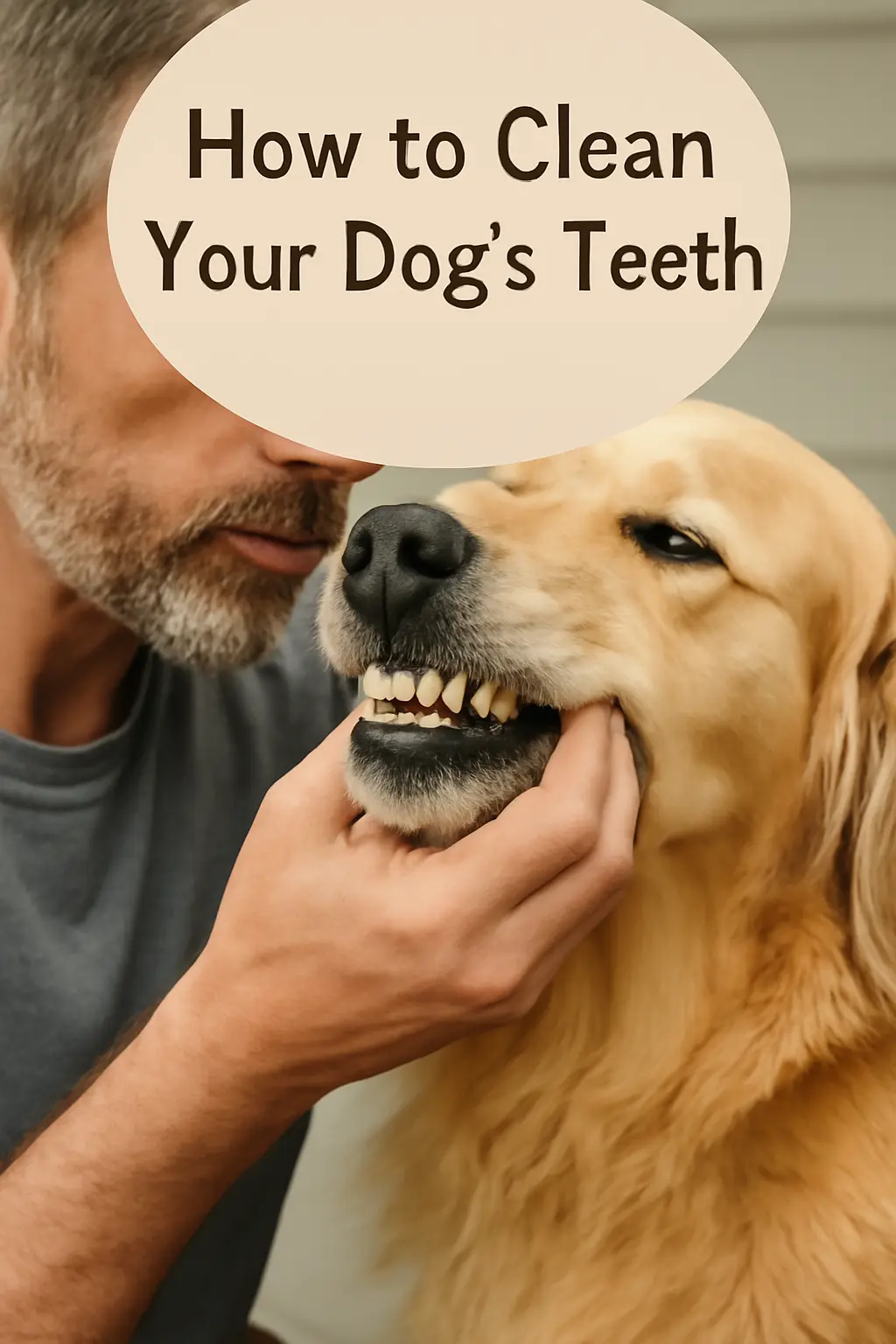
As a pet parent, you want the best for your furry friend. And just like us, dogs need proper dental care to stay healthy and happy. But how do you clean your dog’s teeth when they’re not too thrilled about the idea? Don’t worry, you’re not alone in this struggle. Many dog owners are concerned about their dog’s dental health, but the good news is, keeping your dog’s teeth clean is easier than you think—and it can be fun for both of you!
In this guide, we’ll walk you through simple, effective ways to clean your dog’s teeth, the importance of dental hygiene, and why it’s so crucial for your dog’s overall health.
Why Clean Your Dog’s Teeth?
Just like humans, dogs are prone to dental problems if their teeth aren’t cleaned regularly. Poor dental hygiene can lead to:
- Bad Breath: No one likes stinky dog breath, and it’s often a sign of plaque and tartar buildup.
- Gum Disease: Plaque can turn into tartar, leading to painful gum disease.
- Tooth Loss: In severe cases, gum disease and tartar can cause tooth loss, leaving your dog in pain.
- Other Health Issues: Poor dental hygiene can affect other areas of your dog’s health, including their heart, liver, and kidneys.
Step 1: Get Your Dog Comfortable with the Idea
Before you begin brushing, it’s important to get your dog used to having their mouth touched. You can start by gently touching your dog’s mouth and gums with your fingers. Give them praise and treats to make the experience positive.
Once they’re comfortable, try using a finger brush or a soft cloth to gently rub their teeth.
Emotional Tip: It’s normal for your dog to be hesitant, but remember, patience is key. Your dog is trusting you to help them, and with a little time and consistency, you’ll both get through it together. 💖
Step 2: Choose the Right Tools
You’ll need a few tools to help clean your dog’s teeth effectively:
- Dog Toothbrush: Use a toothbrush designed specifically for dogs. These are softer and made to fit your dog’s mouth.
- Dog Toothpaste: Never use human toothpaste. Dog toothpaste comes in flavors your dog will love and is safe to swallow.
- Dental Chews: These help reduce plaque and tartar buildup and are a great addition to your dog’s daily dental routine.
Emotional Tip: Think of choosing the right tools as choosing a treat for your dog. It’s all about making the process fun and rewarding for them.
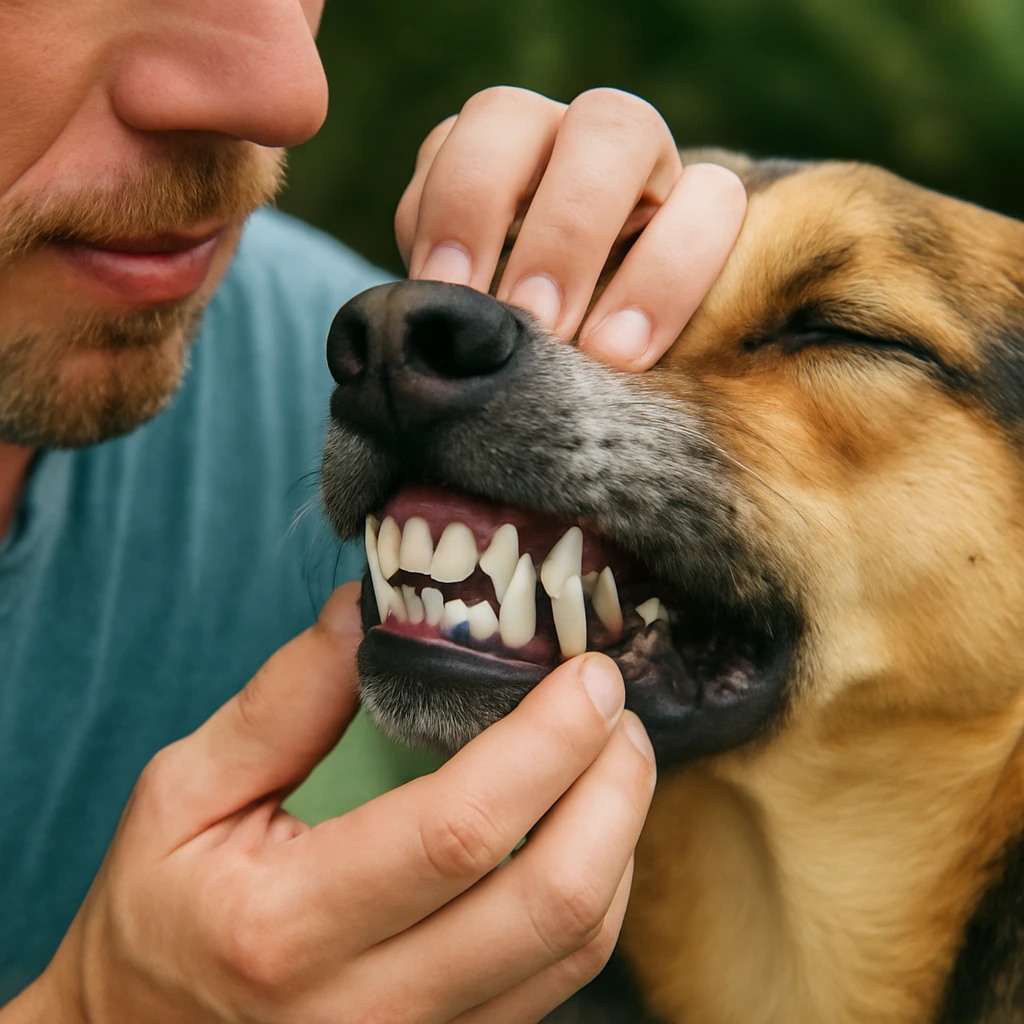
Step 3: Brushing Your Dog’s Teeth
Now that your dog is comfortable and you’ve got the right tools, it’s time to start brushing:
- Apply the Toothpaste: Put a small amount of dog-safe toothpaste on the toothbrush.
- Brush Gently: Lift your dog’s lip and start brushing in circular motions. Focus on the back teeth where plaque tends to build up most.
- Be Consistent: Brush your dog’s teeth 2-3 times a week. Daily brushing is ideal.
Emotional Tip: While brushing might seem like a chore, it’s a great bonding moment. Plus, the joy of seeing your dog with a clean, healthy mouth is worth it! 🐾
Step 4: Use Dental Chews and Toys
In addition to regular brushing, dental chews and toys can help keep your dog’s teeth clean. These products are designed to scrape away plaque and tartar, promoting oral health between brushing sessions.
- Dental Chews: Choose chews that promote oral health and are approved by the Veterinary Oral Health Council (VOHC).
- Chew Toys: Rubber toys can help clean your dog’s teeth while keeping them entertained.
Emotional Tip: Dental chews and toys are a fun way to give your dog extra playtime while taking care of their teeth.
Step 5: Regular Vet Checkups
Even with regular brushing and dental chews, it’s important to take your dog for regular veterinary checkups. Your vet can perform professional cleanings and check for any underlying dental issues that you may not notice at home.
Emotional Tip: Regular vet visits not only help with your dog’s teeth but also give you peace of mind. You’re doing everything you can to keep them happy and healthy!
Signs Your Dog Might Need Dental Help
Watch for these signs that your dog’s dental health might need attention:
- Bad Breath: Persistent bad breath often signals dental issues.
- Yellow or Brown Teeth: Indicates tartar buildup.
- Excessive Drooling: May signal gum disease or tooth pain.
- Difficulty Eating: Could indicate dental pain or tooth decay.
Emotional Tip: If you notice these signs, don’t panic! Your vet can guide you through treatment options. Early action can prevent more serious problems.
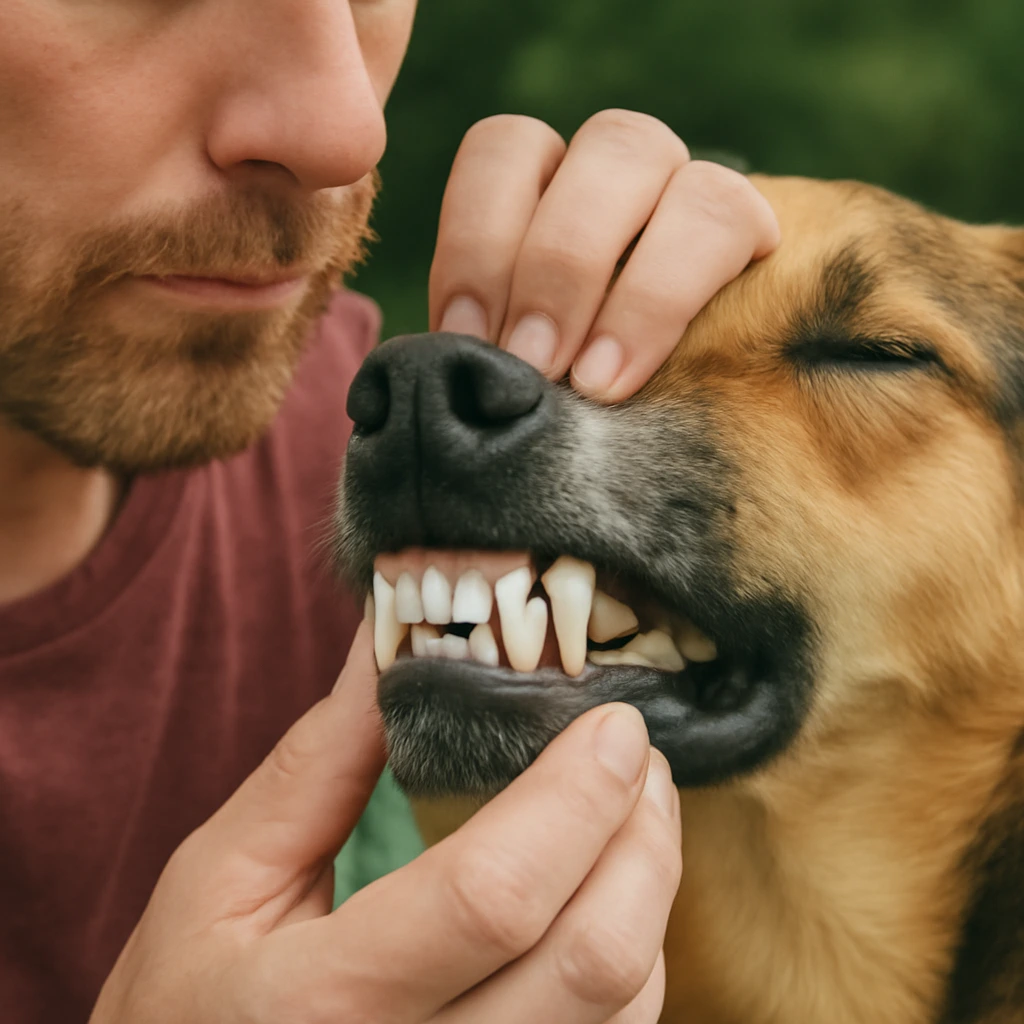
Conclusion: Healthy Teeth, Happy Dog
Cleaning your dog’s teeth doesn’t have to be a struggle. With the right approach, tools, and lots of patience, you can keep your dog’s teeth clean and their mouth healthy. Remember, dental care is just one more way to show your furry friend how much you love them. Keep brushing, keep caring, and enjoy the peace of mind that comes with a happy, healthy dog

